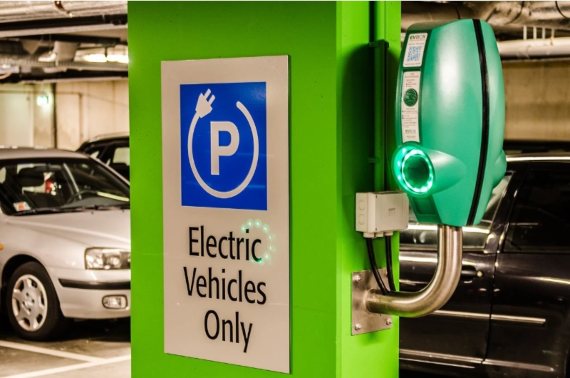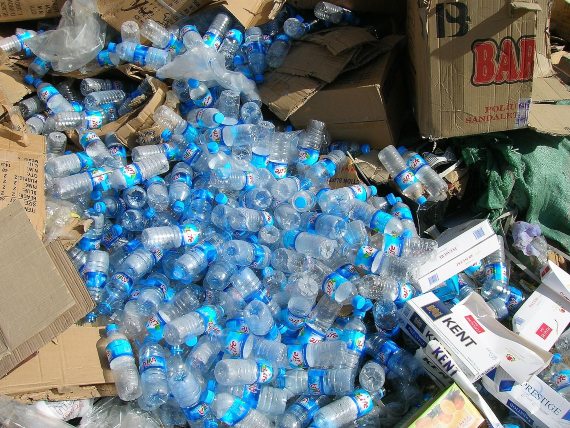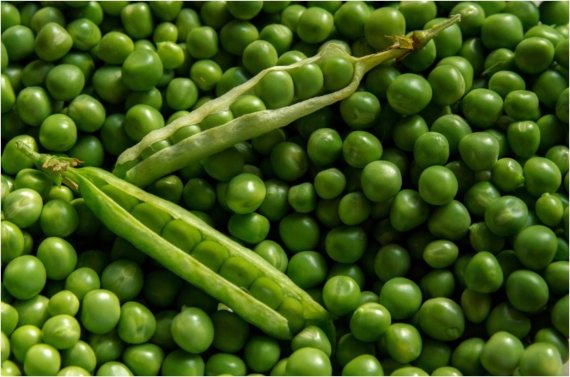Every year we read about innovative technological advances on the pages of specialised publications, and also experience how new technologies come into our lives, whether as major transformations or small incremental changes. Many of the technologies that embark on this journey never quite make it to become practical realities, but some current trends can highlight those that are now on the crest of the wave. Today more than ever, emerging technological solutions are needed to help tackle the climate emergency in which we find ourselves, or at least to replace other technologies that are more harmful to the environment. Here are five new green technologies that are set to make waves in 2022.
Recharging our car at home, or recharging our home with the car?
The transformation of personal mobility towards electric vehicles is one of the measures that experts consider most necessary to break our dependence on fossil fuels. However, they usually warn that the transition will be complicated, since the carbon footprint of the manufacture of these cars is greater than that of conventional ones, and will have to be offset over the years by recharging the batteries with clean energies.

A new technology may facilitate the process, the so-called V2H, or Vehicle-to-Home charging. Currently, electric vehicles can be powered by a charging point in the home, but the V2H system makes the opposite possible: surplus charge from the car can be transferred to the home, and even returned to the grid (Vehicle-to-Grid, or V2G). At the moment these bidirectional charging systems are only available in a few models, such as the Nissan Leaf, Mitsubishi Outlander and Eclipse, and the new Ford Lightning. What’s more, they require special equipment to be installed in the home, which comes at a high cost. But this technology promises to circularise energy use and increase efficiency by allowing users to charge their vehicle at night, when electricity demand and prices are lower, and provide power to the home during the day; one vehicle could power a household for several days.
Recycle plastic, but really recycle it
Plastic pollution is one of the great environmental problems of our time. And although it may seem to us today that recycling is widespread in developed countries, the truth is that we are deceiving ourselves: in fact, 91% of plastic is never recycled. And even when it is, the limitations of mechanical recycling—consisting of separating plastics and melting them down—is that it does not break the polymer chains and only serves to generate products lower down the value chain. In response to this, chemical recycling options such as gasification or pyrolysis, which depolymerize the plastic chains to convert them into fuel, are being explored, but they consume a lot of energy.

For this reason, various research groups are looking for a formula to transform plastic into a truly recyclable material in its entirety. At the Swiss Federal Institute of Technology in Zurich (ETH), polymer chemist Athina Anastasaki and her collaborators have designed a method to break down polymethacrylate chains into their fundamental monomers, recovering up to 92% of these individual blocks, which can then be put to new uses without a loss of their properties. To achieve this, the polymers must be manufactured by a process called RAFT, Reversible Addition-Fragmentation chain-Transfer polymerization. There is still a long way to go in this line of research, but solutions to integrate our use of plastic into a circular economy look set to flourish in the coming years.
More sustainable cryptocurrencies
With all their risks and criticisms, cryptocurrencies are already an increasingly established trend, despite attempts by regulators to rein them in. But while it may seem that a digital currency that requires no manufacturing, storage, transportation or other physical-world operations should be environmentally friendly, this is far from the case. In fact, it has been estimated that maintaining the Bitcoin market, the most popular of these digital currencies, consumes more energy than countries like Austria, Israel or Belgium. Sweden has called for the European Union to ban the energy-intensive mining of crypto assets because it diverts clean energy that could be used to decarbonise other sectors to achieve climate targets.

As a result, the cryptocurrency industry is also looking for alternatives that reduce its carbon footprint. A current trend is to replace the more common decentralised blockchain system called Proof-of-Work (PoW) with one called Proof-of-Stake (PoS), which uses fewer transactions and drastically reduces the energy consumed. Some are already using PoS, the blockchain platform Cardano being the largest of them, and others are evaluating a possible switch. According to a 2021 study, Bitcoin’s energy consumption is at least three orders of magnitude higher than any other PoS-based system. One of the European Union regulators has petitioned to ban PoW systems. PoS systems are included among the 10 Breakthrough Technologies of 2022 for MIT Technology Review.
Self-fertilizing crops
The use of agricultural nitrogen fertilizers is a practice that humanity cannot do without; the feeding of half of the world’s population depends on these compounds. And yet, the problems they cause are becoming increasingly pressing: the excess nitrogen not consumed by plants and oxidized to N2O is a major source of greenhouse gas (GHG) emissions and causes eutrophication in waters (explosive growth of phytoplankton), which in turn releases more N2O. Precision farming reduces the use of fertilizers, but is more expensive, and organic farming dispenses with them, but in exchange for a smaller harvest.

There are some crops that do not need these fertilizers, as they produce their own; the root nodules of legumes, such as lentils, beans or peas, host symbiotic nitrogen-fixing bacteria. It is not a matter of reducing the plant food of humans to just legumes, but of learning how they do it in order to transfer this capacity to other crops such as cereals, either by forming these nodules in their roots or by modifying their bacteria to acquire this capacity. Certain microbes have already been genetically engineered to enhance their nitrogen fixation, and the use of the crnew CRISPR gene technology will facilitate such research. The World Economic Forum includes this field in its Top 10 Emerging Technologies report.
3D printed houses with local soil
The construction sector is one of the sectors with the greatest impact on climate change: cement production is responsible for 8% of global GHG emissions, which is difficult to avoid because it is a chemical step in the manufacturing of cement. Added to this is the environmental footprint of the entire construction process, a voracious consumer of fossil fuels. Solutions are currently being sought to decarbonise construction, such as using cement as a carbon sink, replacing it with substitute materials and recycling concrete from demolition. However, despite the abundance of proposals, overcoming the inertia of this sector will not happen overnight, nor will finding a viable mass-use alternative to cement.

One interesting option that is gaining momentum is the use of additive manufacturing, more popularly known as 3D printing, for the construction of housing. The use of large machines to print houses has been used successfully in various countries, and several companies are already applying this technology. One advantage of this system is that it makes it possible to use local materials such as soil clay, sand or plant fibres as raw materials, which avoids the use of cement and can reduce by 95% the need to transport materials, which is often one of the major impediments to construction in developing countries and is also a source of GHG emissions. 3D printing is also emerging as the preferred option for building future lunar and Martian bases.
Comments on this publication